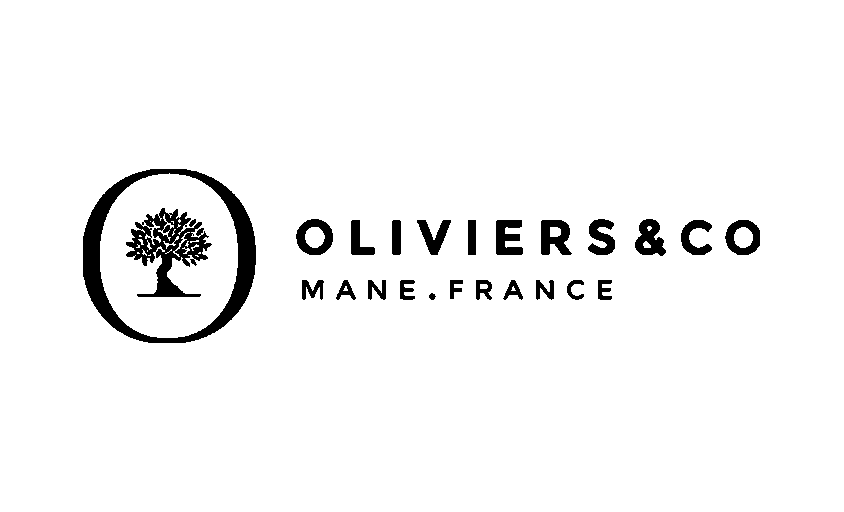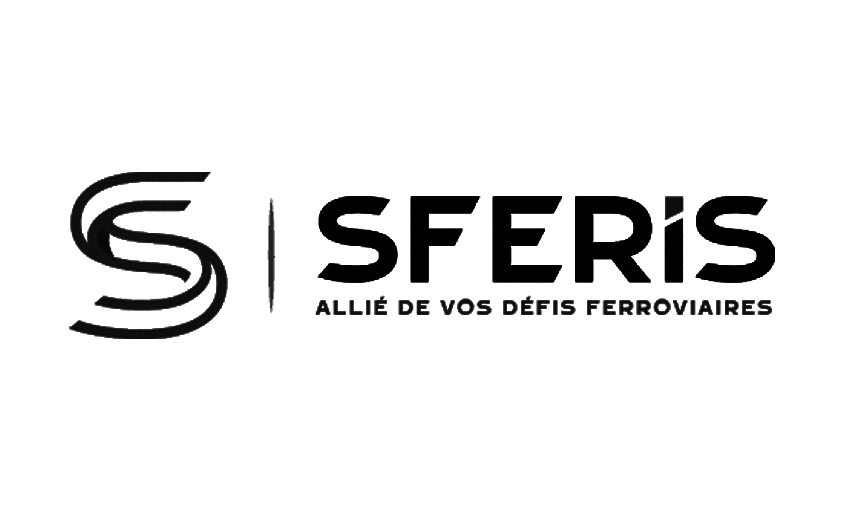Background
In this article :
In photography, the background plays a crucial role in image composition, significantly influencing the atmosphere, depth perception, and focus on the main subject. Mastering the background allows the photographer to highlight the subject, tell a story, or create a specific visual effect.
Importance of Background in Photography
Highlighting the Subject: A well-chosen background can make the subject stand out, enhancing its contrast with the backdrop or creating a natural frame that draws the viewer’s eye.
Atmosphere Control: The background contributes to the overall mood of the photo, evoking specific emotions, seasons, or cultural contexts.
Distraction Management: A poorly managed background can distract the viewer, while a carefully chosen or blurred background (bokeh) keeps the focus on the main subject.
Techniques for Mastering Backgrounds
Background Selection: Look for backgrounds that complement or contrast harmoniously with the subject in terms of color, texture, and complexity.
Depth of Field: Use a shallow depth of field to blur the background and maintain focus on the subject. This is achieved by using a wide aperture (low f-number).
Positioning and Angle: Adjust the shooting angle or position to include or exclude certain background elements, seeking a perspective that best highlights the subject.
Background Selection Based on Photography Type
Portraits: Favor simple backgrounds or soft bokeh to avoid distractions and emphasize the subject’s features.
Landscape: Use depth of field to capture details in both the foreground and background, adding depth to the scene.
Macro: A uniform, blurred background can highlight the subject’s fine details, creating a clear contrast.
Creativity with Backgrounds
Color Use: Experiment with colorful backgrounds to energize the image or evoke specific emotions.
Textures and Patterns: Textured or patterned backgrounds add a new dimension to the image, providing visual interest without being distracting.
Natural Elements: Incorporate natural elements like water, sky, or vegetation to enrich the background with dynamic textures and colors.
Conclusion
The choice and management of the background are essential for successful photography. By playing with depth of field, shooting angle, and background selection, the photographer can not only highlight their subject but also create captivating and emotionally rich images. Mastering the background is therefore a key skill in the art of photography, allowing one to fully express their creativity and artistic vision.
Jérémy Carlo is the editorial director at Rétines, where he ensures the consistency and clarity of all content produced by the studio.
Our Clients
Let’s discuss
What we do for you at Rétines
Meticulous work, an organised project and fast delivery. And to achieve this, we mobilise the right resources in our teams at the right time.
01
Pre-production
Artistic and technical direction tailored to the project.
Relevant recommendations on content, form and resources.
02
Photo Shooting
Photos taken by our experienced photographers.
Production that’s controlled, efficient and tailored to the needs of the project, with nothing superfluous.
03
Retouching
Technique
Photographs magnified by our retouching team.
Post-production to meet the commercial challenges of the brief.












